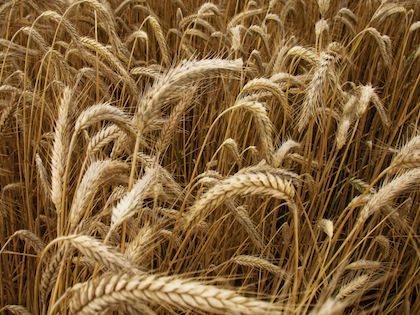What a great time to be a brewer. From progressive and avant-garde beers to the authentic, Old-World stalwarts, we can savor them all. And in many ways, we can thank the homebrewers, whose ranks nourished, inspired and galvanized the microbrewery movement and continue to do so today.
As a style writer, I am fascinated by the historical perspective of brewing, particularly the evolution of beer styles. They materialized from a distinctly regional cocktail of necessity, agriculture, climate, geology, available technology and knowledge. As a homebrewer, I am often interested in reproducing these classics, not only for the challenge, but also because they are deliciously diverse and surprisingly simple. Some have been stylistically finalized in fairly recent times, but others are remnants of centuries-old brewing, so interwoven into their culture and beloved in their region that it would be ludicrous to imagine their demise. The wheat beers of Bavaria are perfect examples of those: a venerable family of beers that has gallantly taken on all comers and persevered, remained relatively true to their roots, and are righteously as popular as ever.

The three most common styles, hefeweizen/weissbier/weisse (blonde to deep gold), dunkelweizen (copper to amber) and weizenbock (amber to brown), serve up a spectrum of personality, straightforward recipe formulation, low-maintenance brewing and just enough wiggle room to personalize. Extract brewers have just as much sway over their recipes as their all-grain brethren with the availability of high quality, wheat-heavy extracts.
Hefeweizen and dunkelweizen can be brewed and consumed rather quickly for a natural and refreshing year-round quaff, while the stronger weizenbock can withstand some aging, to be enjoyed during the cool months. These wheat beers are purely ingredient-driven and somewhat forgiving, with essential yeasty contributions and rustic, hazy charm.
In Central Europe, there was a time when wheat beer was as common as barley beer. In fact, beer was often distinguished by color and referred to as either white beer (wheat) or red/brown beer (barley). The wheat was raw in many cases, eliminating harsh flavors and acrid darkening imparted by open fires used for the kilning of barley malt. The Reinheitsgebot Purity Law mandated the use of malted wheat, with a measure of at least 50 percent of the grist. This separated the Bavarian wheat beers from the others, shaping the styles we know today. In Germany, wheat beer was reserved for royalty in the south (modern weizen), and preferred by Germany’s best brewers in Einbeck to the north (ancestral doppelbock).










